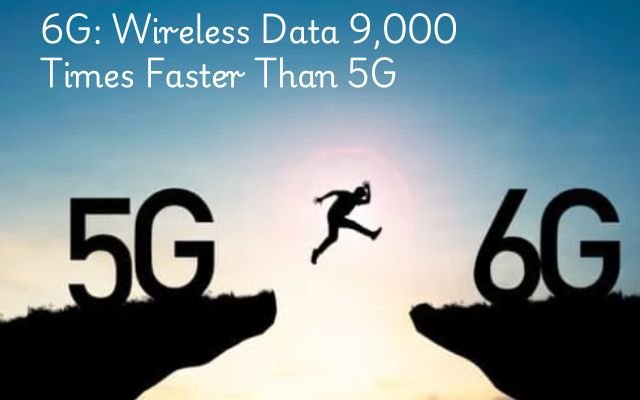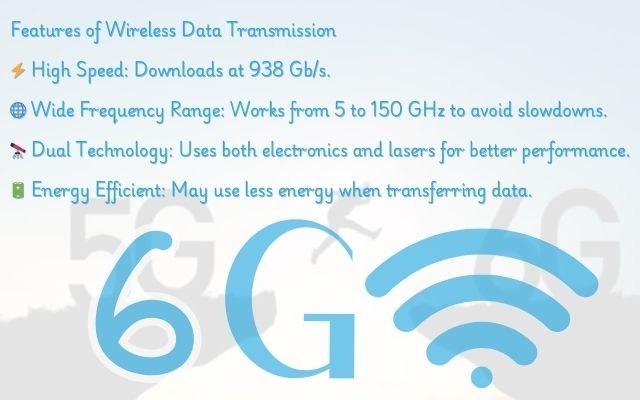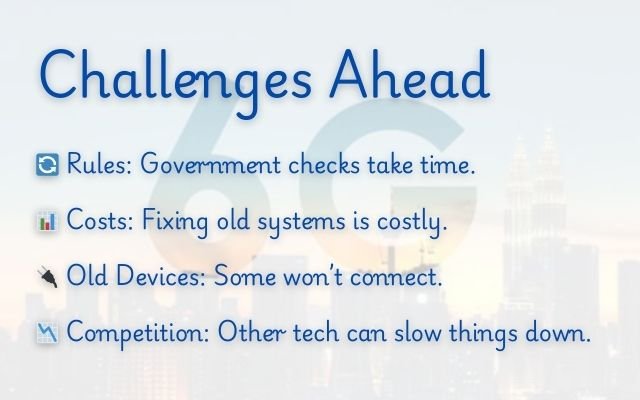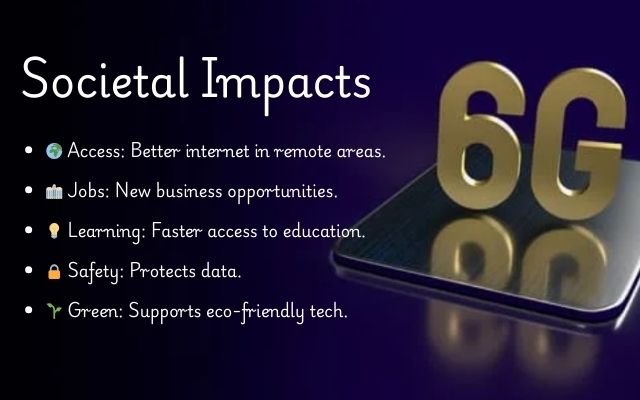A Taste of 6G: Wireless Data Transmission Over 9,000 Times Faster Than 5G
Experience 6G: Wireless data transmission at 938 Gb/s, over 9,000 times faster than 5G, revolutionizing internet speed and access.

In only a few seconds, imagine a future in which you could download an entire library of 4K movies. Because of ground-breaking Wireless Data Transmission experiment conducted by experts at University College London this intriguing potential is now closer to reality. By transmitting data at a phenomenal 938 gigabits per second (Gb/s), these researchers have set a stunning new world record in the discipline.
To put that into perspective, the average 5G download speed that is currently available in the UK is less than 9,000 times slower than this speed. We are getting closer to a time when high-speed internet and extremely quick downloads will be the norm thanks to this tremendous advancement in wireless data transmission.
Table of Contents
Breaking Barriers in Wireless Data Transmission
Today’s wireless technology, whether it’s your home Wi-Fi or the 5G on your smartphone, operates within crowded frequency ranges. These ranges, mostly below 6 gigahertz (GHz), are becoming heavily congested, which limits the speed of data transmission. To tackle this issue, researchers at University College London (UCL) expanded their system to work over a much broader range of frequencies, from 5 GHz all the way up to 150 GHz.
The group integrated millimeter-wave photonics and sophisticated electronics, two cutting-edge technologies. In order to send data via radio waves, they employed conventional digital-to-analog converters for the lower frequency range, which is between 5 and 50 GHz. Higher frequencies can only be handled by these converters to a limited extent. To get around this- researchers unveiled a brand-new photonics-based solution for 50–150 GHz band. This method transmits data in high-frequency ranges that were previously unreachable by using lasers to produce radio waves.
By combining radio waves for lower frequencies & lasers for higher ones, UCL team developed a wide-band transmission system capable of handling vast amounts of data. They referred to this high-capacity system as wireless communication “super-highway.” At 145 GHz, this milestone represents huge stride towards the future of next-generation wireless technology, since it surpasses previous record by more than five times.
A Glimpse into 6G and Future Wireless Technology
Imagine being in a busy city or attending a packed concert and having mobile internet that never slows down, no matter how many people are connected. This could come to pass because to the amazing 938 Gb/s rates made possible by this advancement in wireless data transmission. For example with this technology, a 4K movie that takes roughly 19 minutes to download over 5G could be downloaded in just 0.12 seconds.
Co-author of the paper Professor Izzat Darwazeh believes this is just the beginning. He draws attention to the adaptability of wireless technology, pointing out that it can operate in a variety of settings without degrading. Manufacturers of smartphones and network operators have already expressed interest in this ground-breaking innovation, citing it as a potential basis for advancement of 6G technology.
But as lead researcher Liu noted, efforts are also being made to determine the future of wireless networks using other competing technologies. Although 6G’s future is still being molded, the developments in this study provide a positive look at what could be achievable for the following generation of mobile communication.
Changing the Way We Connect
The “last few meters” of data transmission represent a major difficulty at the center of this research. Long-distance data transmission is a strength of optical fibers, but wireless networks have trouble connecting your device to the network in the last mile. This is typically the area where slower internet speeds occur. University College London (UCL) researchers are attempting to supercharge this last link in order to close the performance gap between fiber optics’ amazing capabilities and wireless connectivity.
“Our new approach combines two existing wireless technologies for the first time: high-speed electronics and millimeter-wave photonics. This combination helps us overcome the barriers that have limited wireless speeds,” explained Liu. This new system allows for the transmission of large amounts of data at unprecedented speeds, which will be essential for the future of wireless communication.
Looking to the future, the demand for faster and more reliable wireless communications is expected to grow significantly. As more devices connect to the internet—ranging from smartphones to autonomous vehicles and smart home systems—the need for increased bandwidth will continue to rise.
Currently, this technology has only been tested in laboratory settings, but commercial testing could begin soon. If these tests are successful, we may see this revolutionary wireless system integrated into consumer devices and networks within the next three to five years, bringing us closer to a faster, more efficient way of connecting.

- Notion vs NotebookLM: A Comparative Analysis of Note-Taking Features
- How to Create Adaptive Dropdowns in Excel: A Step-by-Step Guide
- Find and Replace in Excel: Fast and Easy

Potential Applications of This Technology
| Application | Description |
|---|---|
| 🎥 Streaming Services: Ultra-high-speed downloads for movies and shows. | Enables instant access to large files. |
| 🏙️ Smart Cities: Improved connectivity for IoT devices. | Supports smart infrastructure and services. |
| 🚗 Autonomous Vehicles: Faster data exchange between vehicles and infrastructure. | Enhances safety and navigation capabilities. |
| 🏡 Smart Homes: Better connectivity for smart appliances. | Allows seamless operation of connected devices. |
| 🎮 Gaming: Reduced lag in online gaming. | Provides a smoother gaming experience. |

Pros and Cons of Wireless Data Transmission
| 🟢Pros | 🔴Cons |
|---|---|
| 🏎️ Super Fast Downloads: Get movies in seconds. | ⚠️ Still Testing: Not used in real life yet. |
| 📦 Handles Lots of Data: Good for big files. | 💰 Costly Upgrades: Expensive to update networks. |
| 👥 Works in Crowds: Reliable in busy areas. | 🔄 Other Options: New tech might compete. |
| 🚀 Helps Future Tech: Supports 6G development. | 📱 Compatibility Issues: May not work with old devices. |
| 🌐 Better Internet: Smoother user experience. | ❓ Health Worries: High-frequency signals may concern some. |



